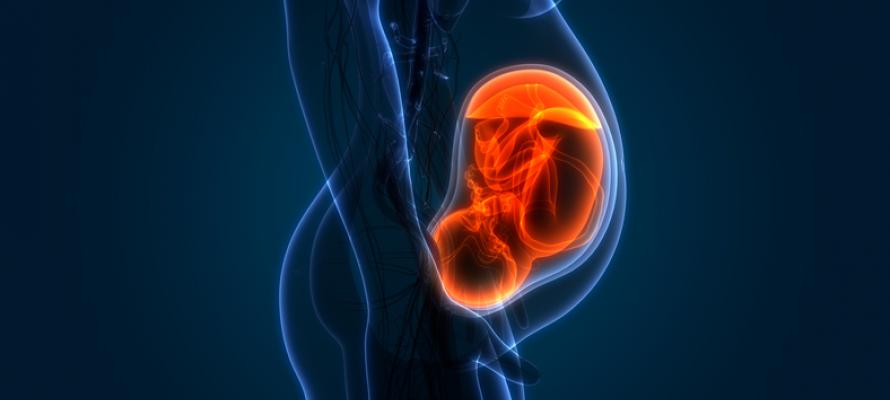Co-Development or Licensing Opportunity for a Wearable Device for Monitoring Pregnancy Health

Inventors at the Eunice Kennedy Shriver National Institute of Child Health and Human Development (NICHD) have created a wearable, wireless device and protocol for continuously monitoring pregnancy health. The device can monitor placental oxygenation levels, multiple physiological signals and movement activities of a fetus and mother. The daily measurement results can be viewed from the cloud by the patient’s healthcare provider to allow for remote assessment and suggestions.
Monitoring these health signals can help identify adverse pregnancy outcomes and allow for earlier interventions. This would be a first-to-market device for continuous monitoring. Current non-invasive techniques are expensive, bulky, and do not offer continuous monitoring of fetal physiologic signals and placental oxygenation.
Potential commercial applications of this device include:
- Low cost and flexible method of continuously monitoring pregnancy health.
- Early identification of adverse outcomes such as reduced uteroplacental perfusion and stillbirth.
- Potential for device to be applied in general health monitoring or sleep monitoring.
- Daily measurement results may be collected by a cellphone and uploaded to the cloud for patient’s healthcare provider to remotely review and provide health suggestions.
This device has multiple competitive advantages, including:
- Wearable and non-invasive placenta and fetal monitoring device.
- Capable of 24/7 monitoring of mother and fetal well-being.
- Lower power consumption.
- Monitors multiple physiological signals and movement activities for both mother and fetus.
NICHD is seeking research co-development partners and/or licensees for clinical validation and to further develop this technology. Further information on this opportunity can be viewed on the abstract, A Wearable Device for Monitoring Pregnancy Health.
